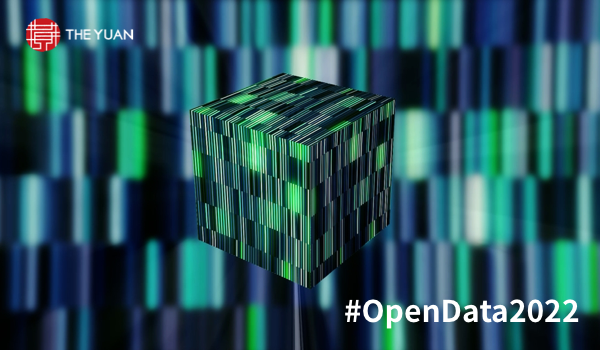


HONG KONG/LONDON - Generative AI such as the chatbot ChatGPT will be a hot topic in 2024, and ever more a part of daily life, but the rise of AI (AI) has also sounded a series of alarms, especially in its application in war. AI may be “the most powerful weapon of our time,” Jen Easterly, director of the United States Department of Homeland Security's Cybersecurity and Infrastructure Security Agency, warned at the third Vanderbilt Summit on Modern Conflict and Emerging Threats that ran from April 17-18.
Since the advent of China’s 2019 National Defense White Paper, the concept of ‘intelligent’ warfare has drawn keen eyes and ears.
After Palestinian militant group Hamas raided Israel in October last year, triggering Israel's violent counterattack against Gaza, the use of AI tech on the battlefield has also come into the crosshairs. The Israeli Defense Forces (IDF) have used facial recognition and Big Data analysis in addition to traditional street and tunnel fighting, and embedded AI into combat operations to raise their effectiveness in the battle against Hamas. This computerized tool that helps humans make decisions through AI decision support systems imparts a new look to killing in war.
Israel’s AI Goal-Setting ‘Gospel’
The Israeli military has adopted an AI target-creation system called Gospel (Gospel, Habsora), which uses machine learning (ML) algorithms, according to reports from Israeli independent media +972 Magazine and Local Call. Probabilistic inference parses mountains of data to identify patterns and set goals. This AI platform can identify targets almost on its own “much faster than previously possible,” speeding up bombing target selection in Gaza, tracking Hamas positions more quickly, and providing estimates of likely death tolls before an attack.
According to the New Arab website, Israel’s collection of im
The content herein is subject to copyright by The Yuan. All rights reserved. The content of the services is owned or licensed to The Yuan. Such content from The Yuan may be shared and reprinted but must clearly identify The Yuan as its original source. Content from a third-party copyright holder identified in the copyright notice contained in such third party’s content appearing in The Yuan must likewise be clearly labeled as such. Continue with Linkedin
Continue with Linkedin
 Continue with Google
Continue with Google











 615 views
615 views






